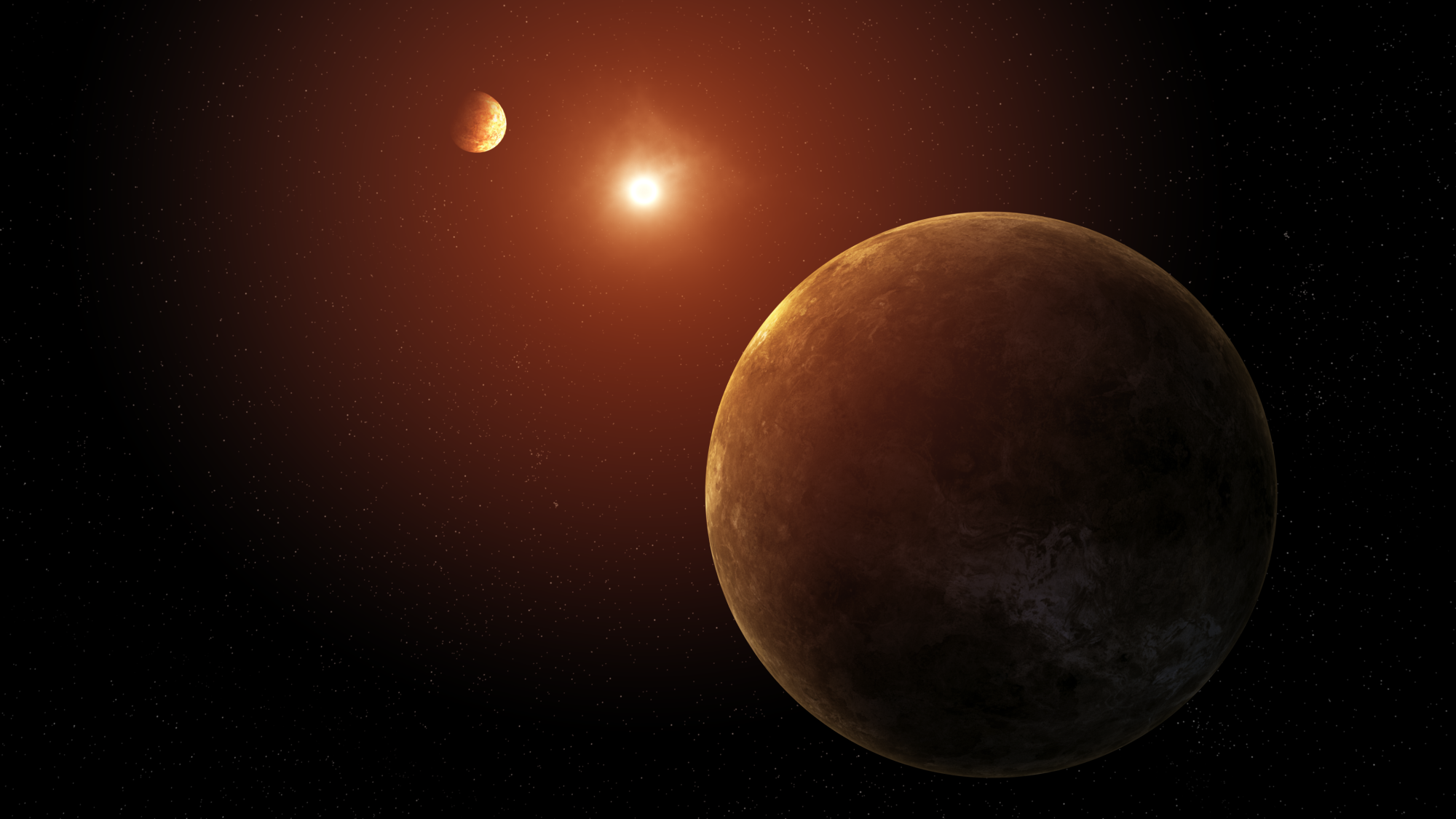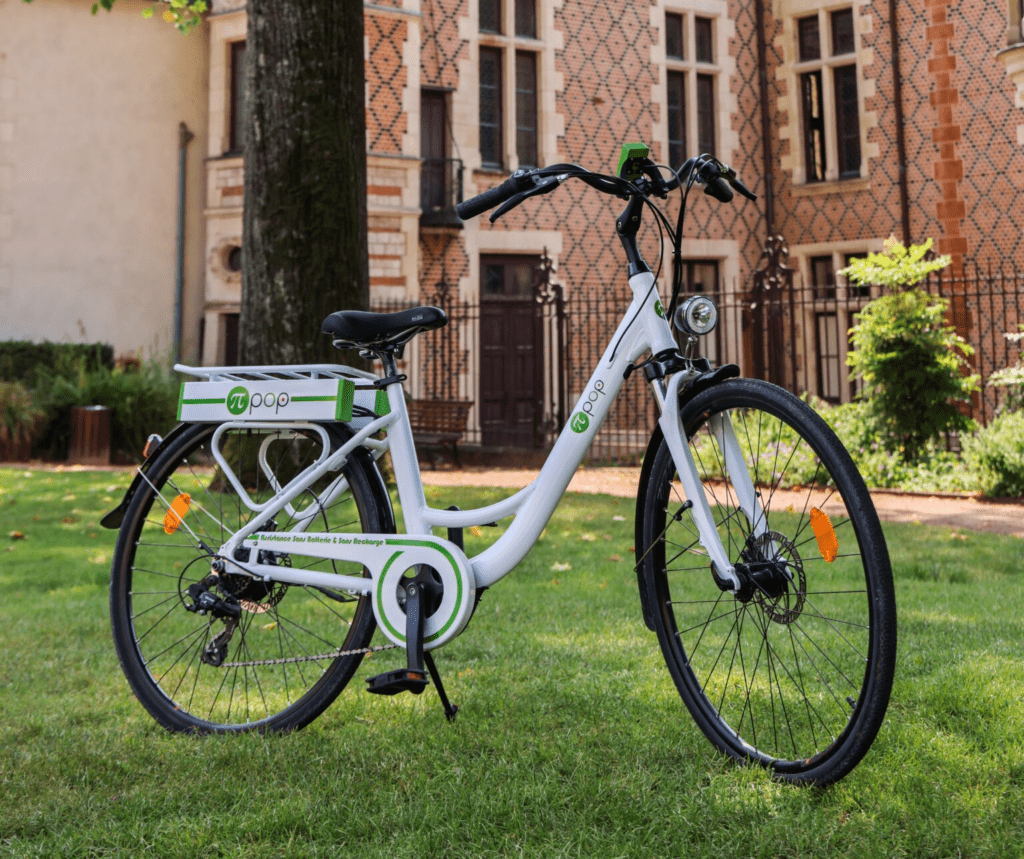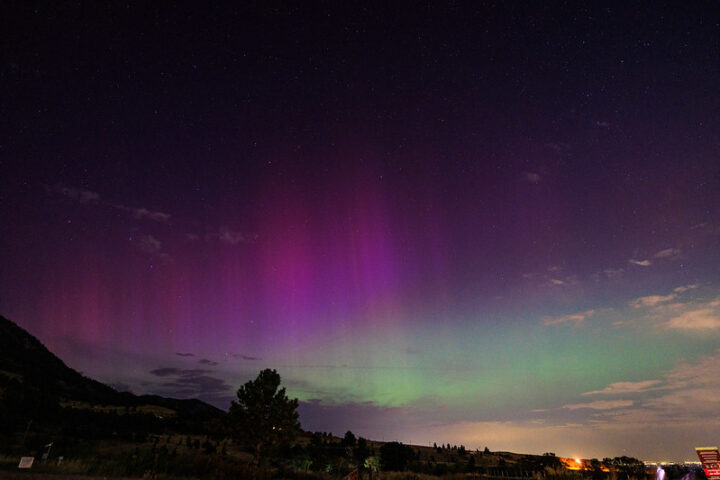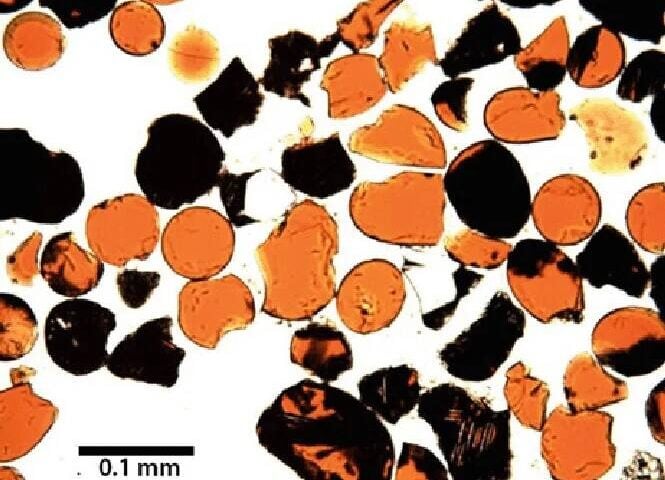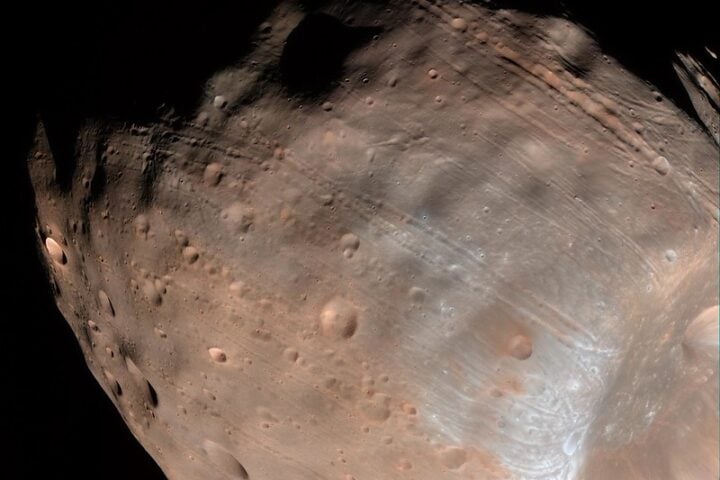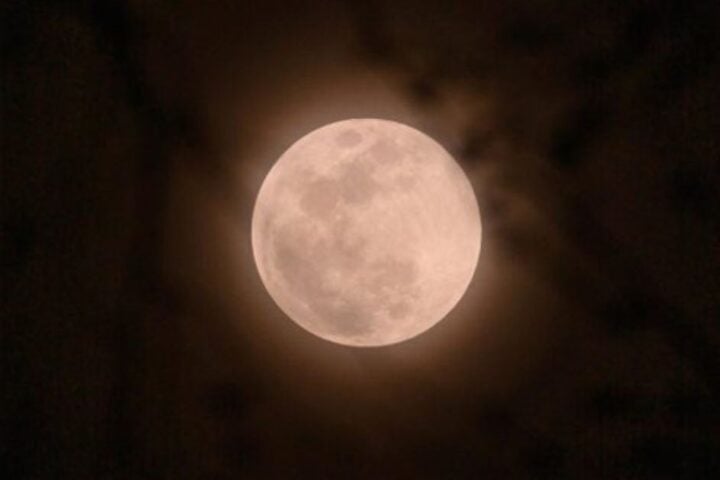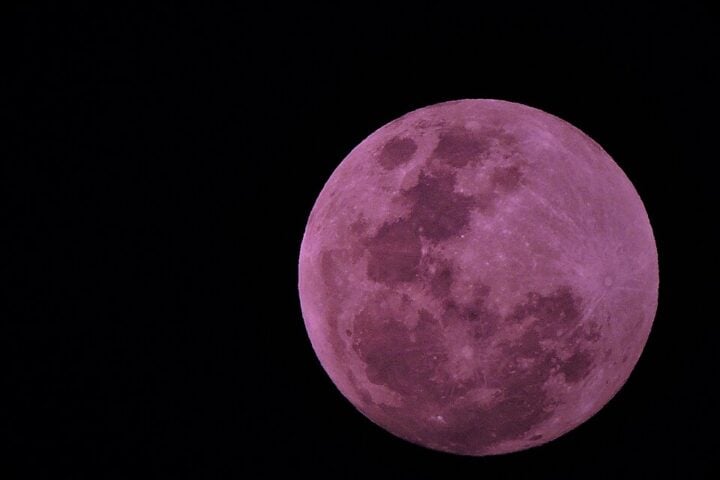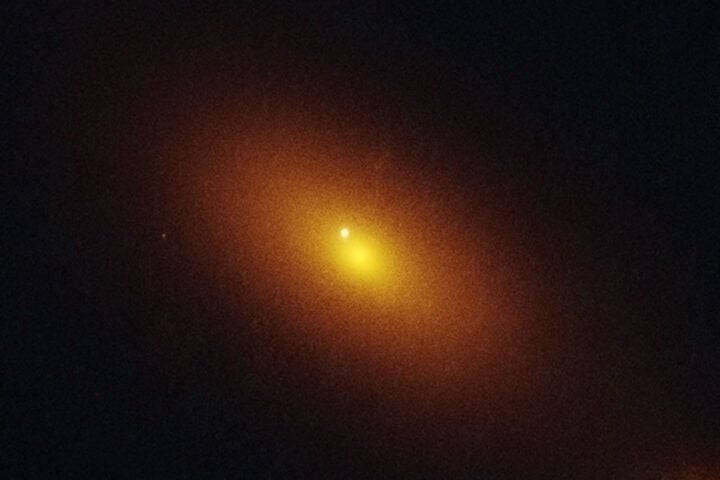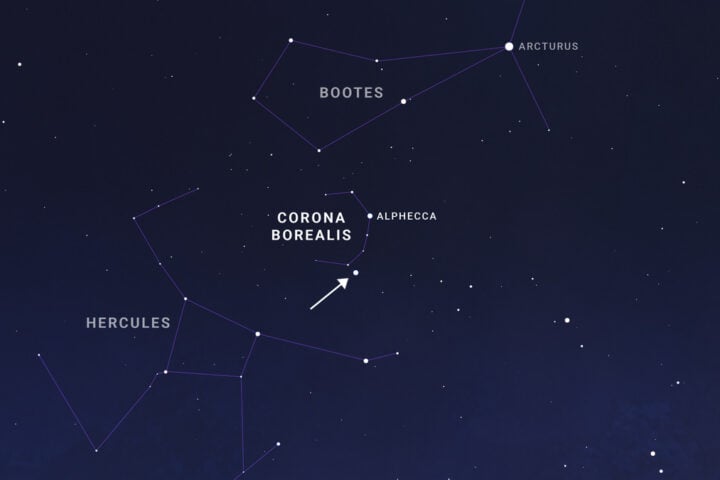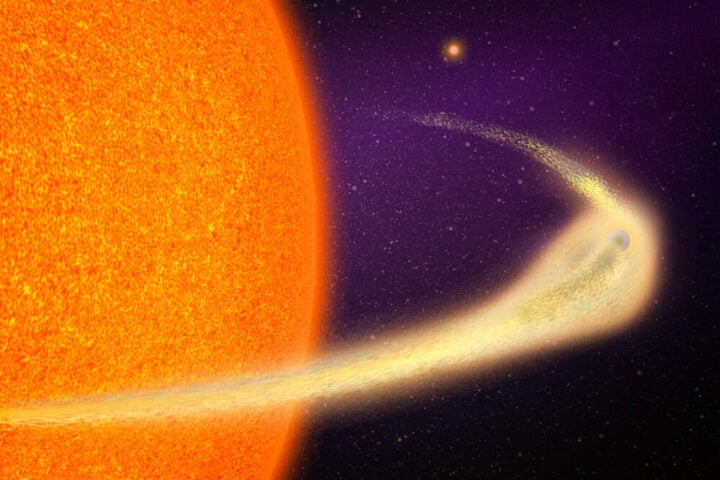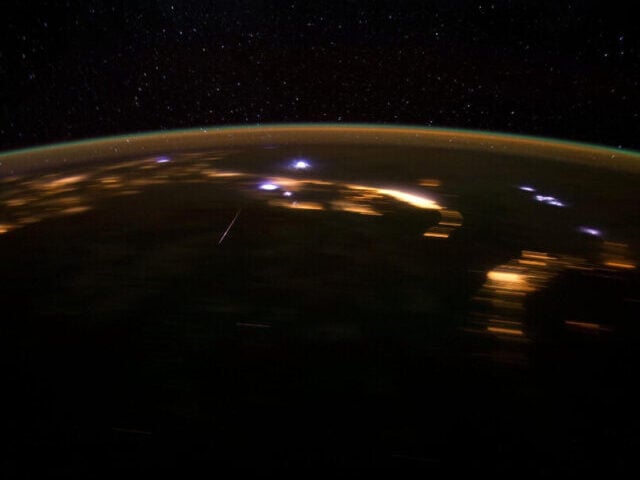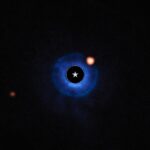Alright, space enthusiasts, let’s zoom in on the latest cosmic scoop from the Kepler Space Telescope’s treasure chest. We’ve got a sizzling hot update: a system with not one, not two, but seven planets that are seriously feeling the heat from their home star. This isn’t your average backyard solar system; it’s Kepler-385, and it’s turning up the temperature on exoplanet coolness.
Now, let’s talk shop. The star at the heart of this planetary posse is like a beefed-up version of our Sun—think Sun 2.0, with 10% more bulk and a 5% hotter temperament. Orbiting this stellar heavyweight are seven planets that are kind of the middle children of cosmic bodies—bigger than Earth, smaller than Neptune.
Jack Lissauer, the brainy NASA scientist at Ames Research Center, dropped a truth bomb on us with, “We’ve assembled the most accurate list of Kepler planet candidates and their properties to date.” That’s no small feat, folks. This new catalog is like the ultimate collector’s edition for exoplanet aficionados, giving us the lowdown on these distant worlds with precision that would make a Swiss watch jealous.
The two planets closest to their star are probably rocky, with maybe a wisp of an atmosphere—think Earth’s tougher cousins. The other five are the show-offs, each rocking a radius about twice Earth’s size and likely sporting thick, gassy atmospheres.
Similar Posts
Kepler’s been off-duty since 2013, but like the space probe equivalent of a greatest hits album, it keeps on giving. This latest research fine-tunes our understanding of how these planets orbit. But here’s the kicker: those orbits might not be as steady as we thought, thanks to some cosmic wobbles known as transit timing variations. It’s like the planets are marching to the beat of their own drum, and that beat’s got some funky rhythm.
The paper that’s got all the details, “Updated Catalog of Kepler Planet Candidates: Focus on Accuracy and Orbital Periods,” is about to make a splash in The Journal of Planetary Science. It’s packed with info on 4376 planet candidates, including a whopping 1791 that are part of multi-planet systems. For those who love consistency, there’s also a set of data that’s been smoothed out for comparing notes on how often these exoplanets pop up.
And for a bit of ear candy, NASA’s Ames Research Center has turned the orbits of these seven planets into sound. It’s like each planet gets its own theme song as it whizzes around the star. When you listen to it, you can hear the cosmic choreography—some planets even create a beat as they loop around in harmony.
So, what’s the big deal about another bunch of planets? Well, it’s all about perspective. Every new discovery like Kepler-385 is a reminder that our universe is chock-full of variety, and each system has its own story. It’s a thrilling time to have our eyes on the skies, as each revelation brings us closer to answering the big questions about our place among the stars.
Keep your telescopes tuned and your curiosity dialed up to eleven, because this space saga is only getting started. And trust me, the universe has plenty more secrets to spill.
